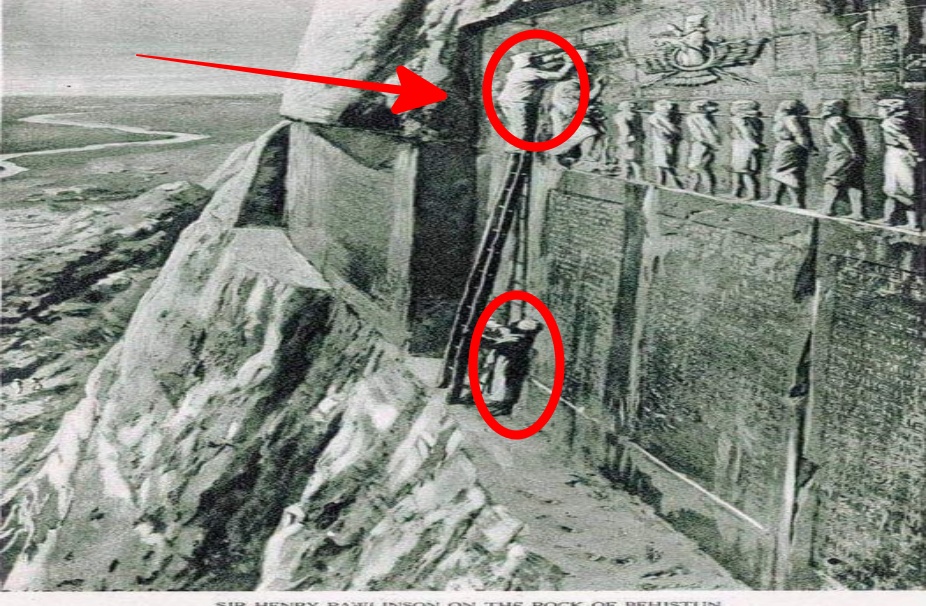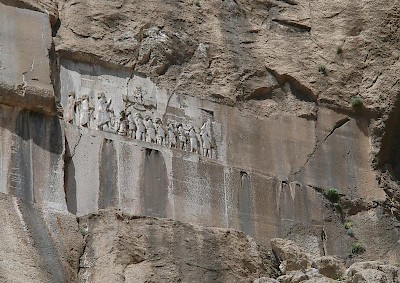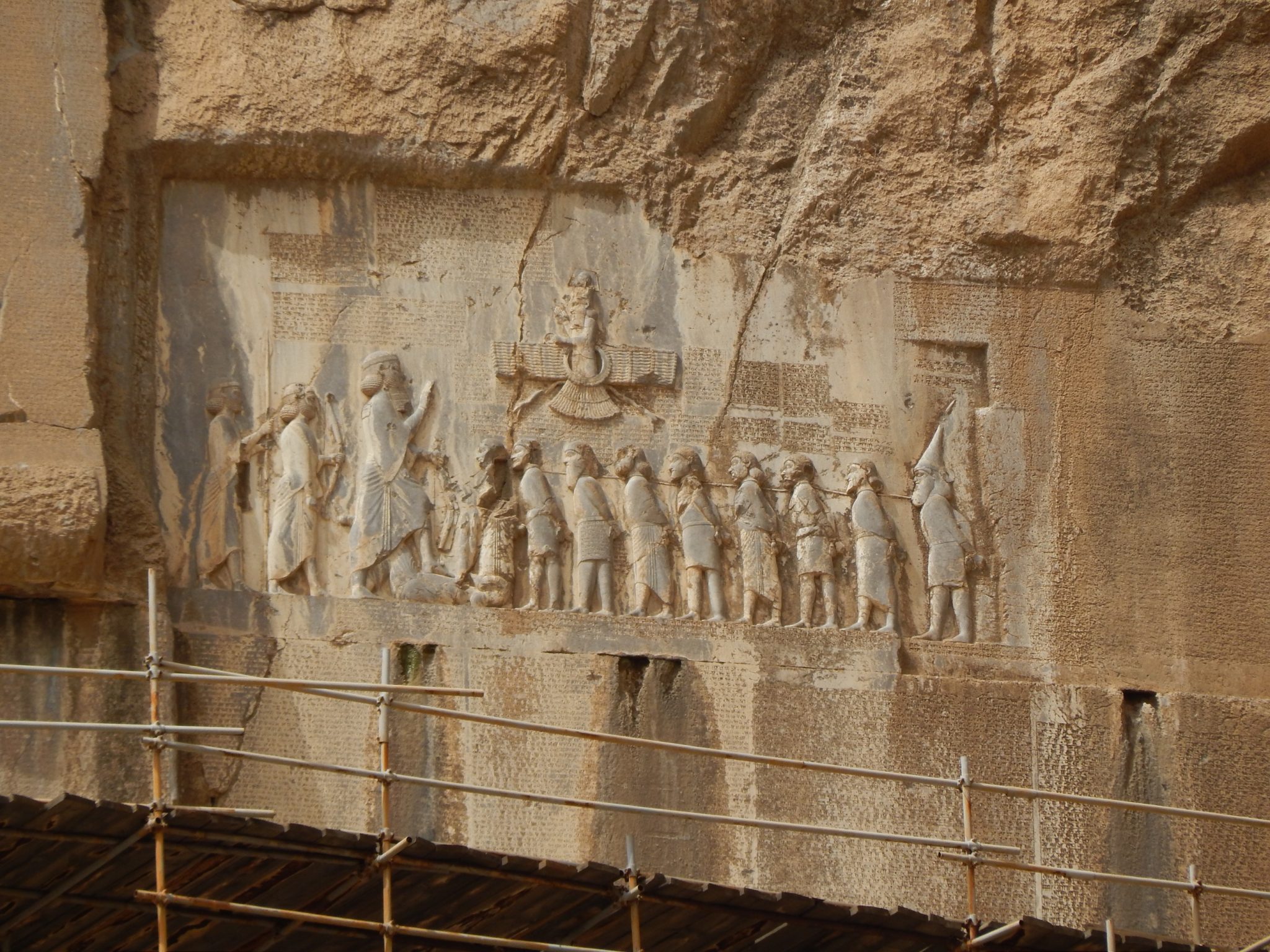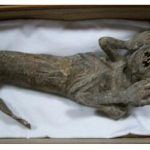Interpreting Old Writings: Investigating the Importance of the Behistun inscription in Iran

Nestled within the rugged terrain of Iran’s Mount Behistun lies a testament to the ancient world’s linguistic complexity and cultural richness—the Behistun Inscription. Carved into a towering cliffside by order of Darius the Great, this monumental multilingual inscription has captured the imagination of historians and linguists alike for centuries. In the mid-19th century, it became a focal point for deciphering the enigmatic script of cuneiform, thanks to the pioneering efforts of Sir Henry Rawlinson. The Behistun Inscription, meaning “the place of god,” stands as a beacon of insight into the languages and civilizations of ancient Mesopotamia.

Commissioned by Darius the Great in the 6th century BCE, the Behistun Inscription served a dual purpose—it commemorated the king’s victorious campaigns and proclaimed his royal decrees to the diverse peoples of his empire. Carved into the sheer rock face of Mount Behistun, the inscription spans over 15 meters in height, making it one of the largest and most elaborate of its kind. Its significance, however, extends far beyond its monumental scale.
What sets the Behistun Inscription apart is its multilingual nature. Inscribed in three distinct cuneiform scripts—Ancient Persian, Elamite, and Babylonian—the inscription offers a rare opportunity to compare and contrast the languages and writing systems of ancient Mesopotamia. This linguistic diversity was a deliberate choice on the part of Darius, reflecting his empire’s multicultural makeup and his desire to assert his authority over its disparate regions.

For centuries, the Behistun Inscription remained a tantalizing puzzle, its message obscured by the passage of time and the complexities of its script. It was not until the 19th century that Sir Henry Rawlinson, a British military officer and scholar, undertook the monumental task of deciphering its meaning. Risking life and limb, Rawlinson scaled the treacherous cliffs of Mount Behistun to copy the inscription firsthand—a feat of bravery and determination that would revolutionize the study of ancient languages.
Through painstaking analysis and comparison, Rawlinson succeeded in deciphering the cuneiform script of the Behistun Inscription, unlocking a wealth of information about the languages and cultures of ancient Mesopotamia. His groundbreaking work laid the foundation for the study of cuneiform and paved the way for further advancements in the field of linguistics.

In many ways, the Behistun Inscription is to cuneiform what the Rosetta Stone is to Egyptian hieroglyphics—a key that unlocked the secrets of an ancient script and illuminated the mysteries of a bygone era. Its significance transcends mere linguistic curiosity, offering valuable insights into the history, politics, and society of the ancient Near East.
Today, the Behistun Inscription stands as a testament to the enduring legacy of ancient civilizations and the power of human ingenuity to unlock the secrets of the past. As scholars continue to study and interpret its message, they stand on the shoulders of giants like Sir Henry Rawlinson, whose pioneering efforts have forever changed our understanding of the ancient world.








